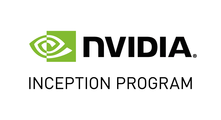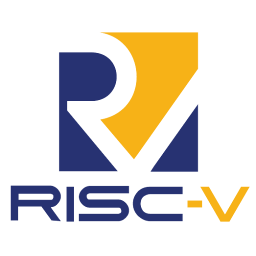An Industrial Revolution centered on Data?
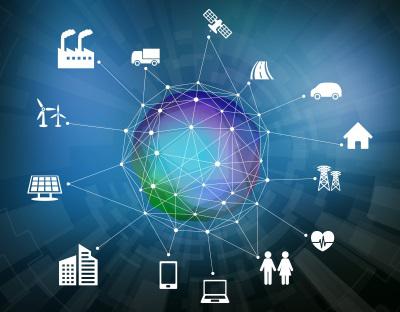
The widespread adoption of Artificial Intelligence is ushering in a new era of innovation, with vast implications for society.
AI solutions will allow us better interact with our technologies, better understand our businesses and our environments, and allow us develop new and innovative solutions to our greatest challenges - medical, technological, social, environmental.
This burgeoning AI revolution is as a result of a confluence of technologies and capabilities:
- Fast global data communications via the Internet (and its vast interconnected networking of physical devices, mobile sensors, home automation, connected vehicles) has allowed transfer of large data corpuses in reasonable time.
- Semiconductor development has broadly followed Moore's Law, with the transistor count on chip doubling approximately every two years. Incremental improvements in fabrication techniques has enabled successively smaller chip geometries. Dennard's Scaling Law states that power density is proportional to area. Thus, more complex and sophisticated computational functionality is requiring less silicon area and consuming lower power than the previous generation.
- Storage technology has broadly followed Kryder's Law, with huge increases in the density of information we can store.
Faster networking, greater computational power, and denser storage capacity have enabled not only a huge increase in the amount of data generated, created, curated and analyzed, but have also enabled the application of sophisticated machine learning algorithms (developed from the 1940s and 1950s through to differentiable programming/deep networks of today) to better understand this data and to convert it into knowledge of increased value. The absolute potential of these data-hungry algorithms was only unleashed when sufficient data and computational resources were available for them to exploit.
Why AI at the Edge?
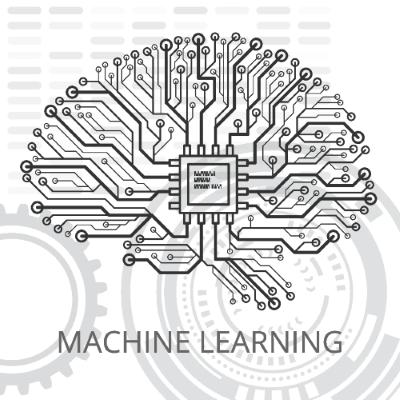
AI solutions, unlike humans, don't get bored or distracted. They can continue to make billions of decisions on data, one after the other, with perfect consistency.
Despite this ability, machine learning solutions that are instantiated only in the cloud suffer from a number of problems:
- The most significant is that they are dislocated from their input information. This dislocation introduces significant latencies. Consider the problem of planning and controlling the motion of a robotic arm to grab a moving target. Decisions need to be made continually on updating perceptions of the environment, with low latencies.
- A related issue is scaleability. Despite technological advances in communications, storage and computational capacities, the increasingly volumes of data these advances have unleashed threaten to overwhelm centralised resources. Through careful distillation of raw data into more semantically useful knowledge as it progresses deeper into the network, we can better scale our solutions to deal with truly unimaginable quantities of information.
Edge AI is not a replacement for centralized/cloud computation but is complementary to it. It generates more valuable data allowing better use of cloud resources. There is an increasing need for AI to be applied on Edge Devices. This helps to solve the scalability problem and enable high value AI functions to be carried out at the Edge. Applications requiring the use of drones and other remote devices deploy AI at the Edge solutions.
Your Deep Learning Experts
Since our inception in 2013, Emdalo Technologies has had a core focus on delivering customer value through combining technologies such as machine learning/artificial intelligence and internet technologies, delivering ML/AI at the edge through IIOT.
We are particularly experienced in the engineering design trade-offs required to implement edge solutions - balancing computational efficiencies, and power consumption. We leverage both classical and state-of-the-art learning algorithms, choosing the most appropriate solution for the problem domain at hand - from regression systems and Bayesian inference to classical techniques based on hand-crafted feature descriptors, to fully-learned deep network solutions.
Computer Vision
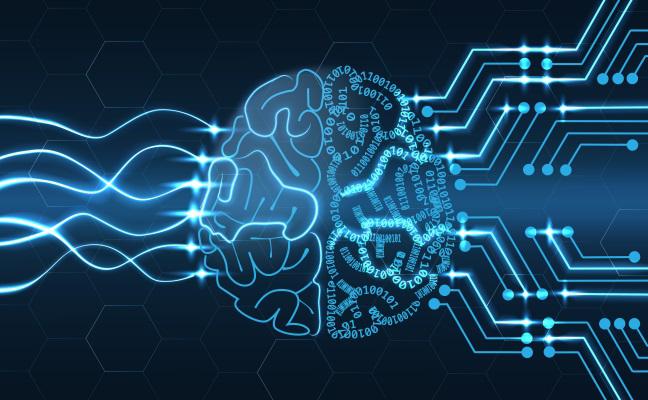
Emdalo Technologies develops and licenses our own proprietary embedded computer video system solutions for a number of end applications:
- Room occupancy detection, human pose detection;
- Indoor location tracking for assets and personnel;
- Remote monitoring and control for home energy systems;
- Cloud-enabled fire alarm and water leak detection systems;
- In-vehicle driver alertness solutions;
- Subsea computer vision;
- Foreshore vision and control systems.
Smart Infrastructure / Smart Cities
The innovation goals of smart city/smart infrastructure technologies have the potential to allow increased efficiencies (doing better with less), improved quality of services, and new forms of economic development.
In order to maximize potential and achieve these goals, new smart sensor platforms are required for the smart city digital infrastructure.
Potential types of applications include:
- networked LED-based streetlight solutions
- dimming and control of on/off policy to yield increased energy savings/reduced lamp burn time, and accurate location identification of faults
- optimized energy consumption
- Solar/harvested charge backup for electronics in case of fault
- Infrastructure applications that are mesh-networked and can self-heal disconnectivities
- environmental monitoring
- city noise maps
- air quality measurement
- pollution/contaminant measurement/detection
- electromagnetic field level measurement
- pollen detection
- sun U/V index calculation
- traffic monitoring (congestion and flow) and connected-vehicle safety solutions
- 5G picocell capability
- electric-vehicle charging points
- HD CCTV
- Aggression/violence/gunshot detection
- Public metropolitan Wi-Fi
- Parking-space monitoring/real-time availability maps
- Smart Water
- Pipeline Inspection
- Environmental Monitoring and Control
- Smart Metering
- Smart tank level monitoring
- Smart Grid: energy consumption; energy arbitrage
- Smart Vending
- Efficient product stock status monitoring and replenishment
- Machine preventative maintenance
- Secure data management
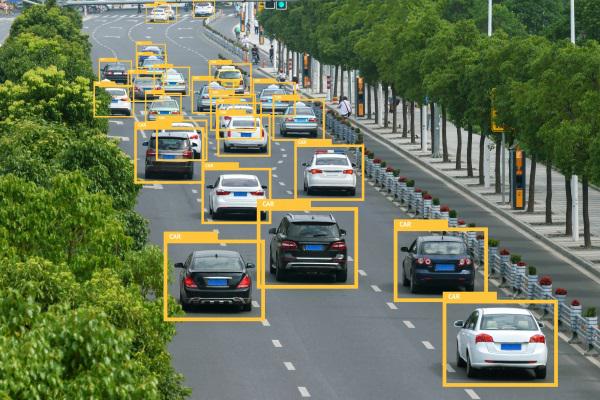
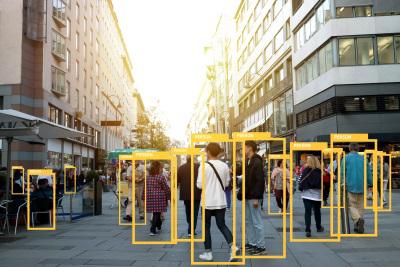
Industry 4.0 / IIOT applications
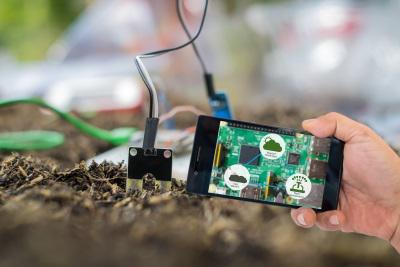
Industry 4.0 is a name for the current trend of automation and data exchange in manufacturing technologies. It includes cyber-physical systems, the Internet of things, cloud computing and cognitive computing. Industry 4.0 is commonly referred to as the fourth industrial revolution.
Industry 4.0 creates what has been called a "smart factory". Within the modular structured smart factories, cyber-physical systems monitor physical processes, create a virtual copy of the physical world and make decentralized decisions. Over the Industrial Internet of Things, cyber-physical systems communicate and cooperate with each other and with humans in real-time both internally and across organizational services offered and used by participants of the value chain.
Potential types of applications include:
- Machine fault diagnosis and preventative maintenance
- Environmental monitoring and control - air quality, temperature, humidity
- Asset and Personnel tracking using indoor location technologies
- Sensor data collation and smart storage
- Secure data management



